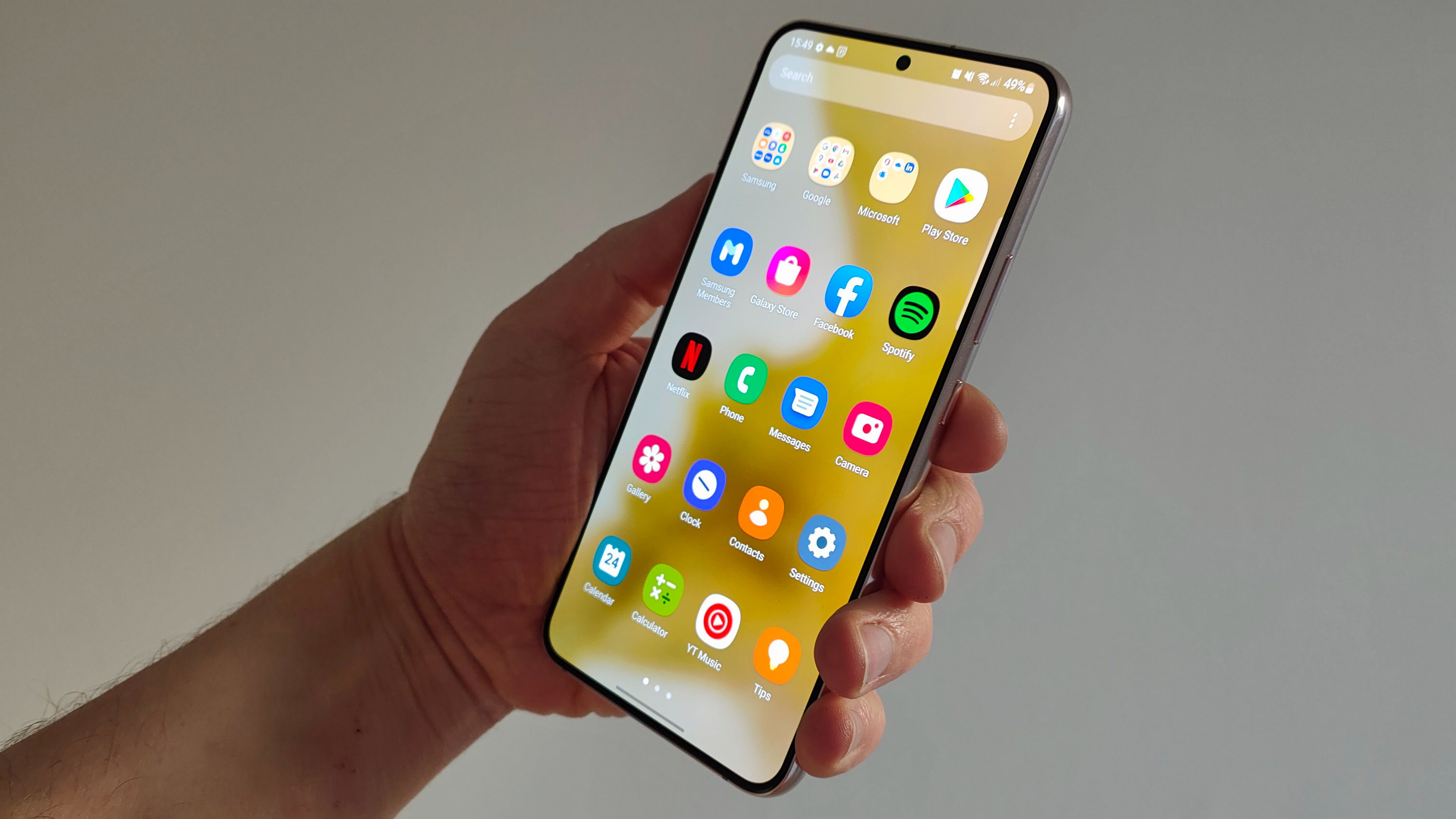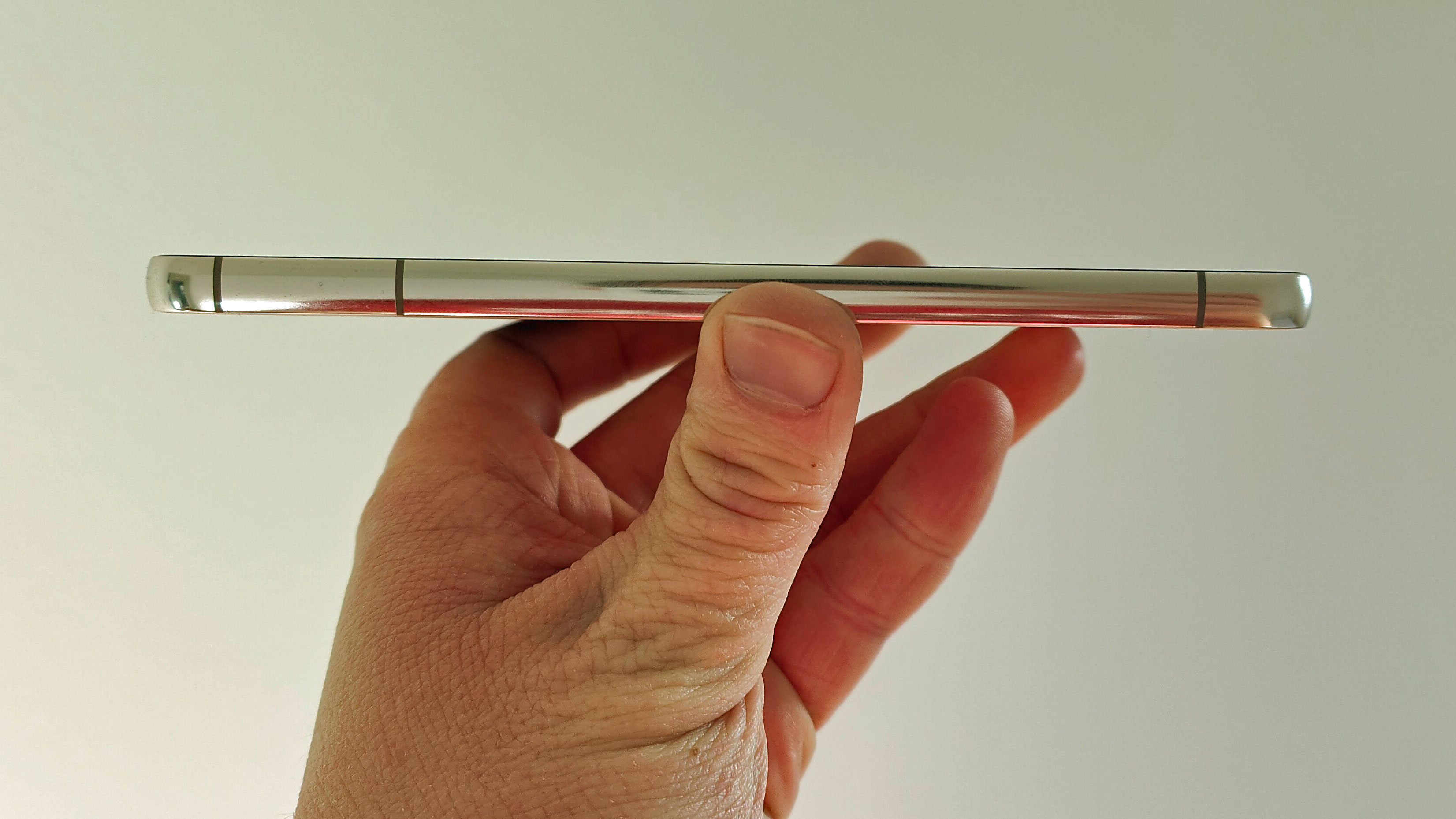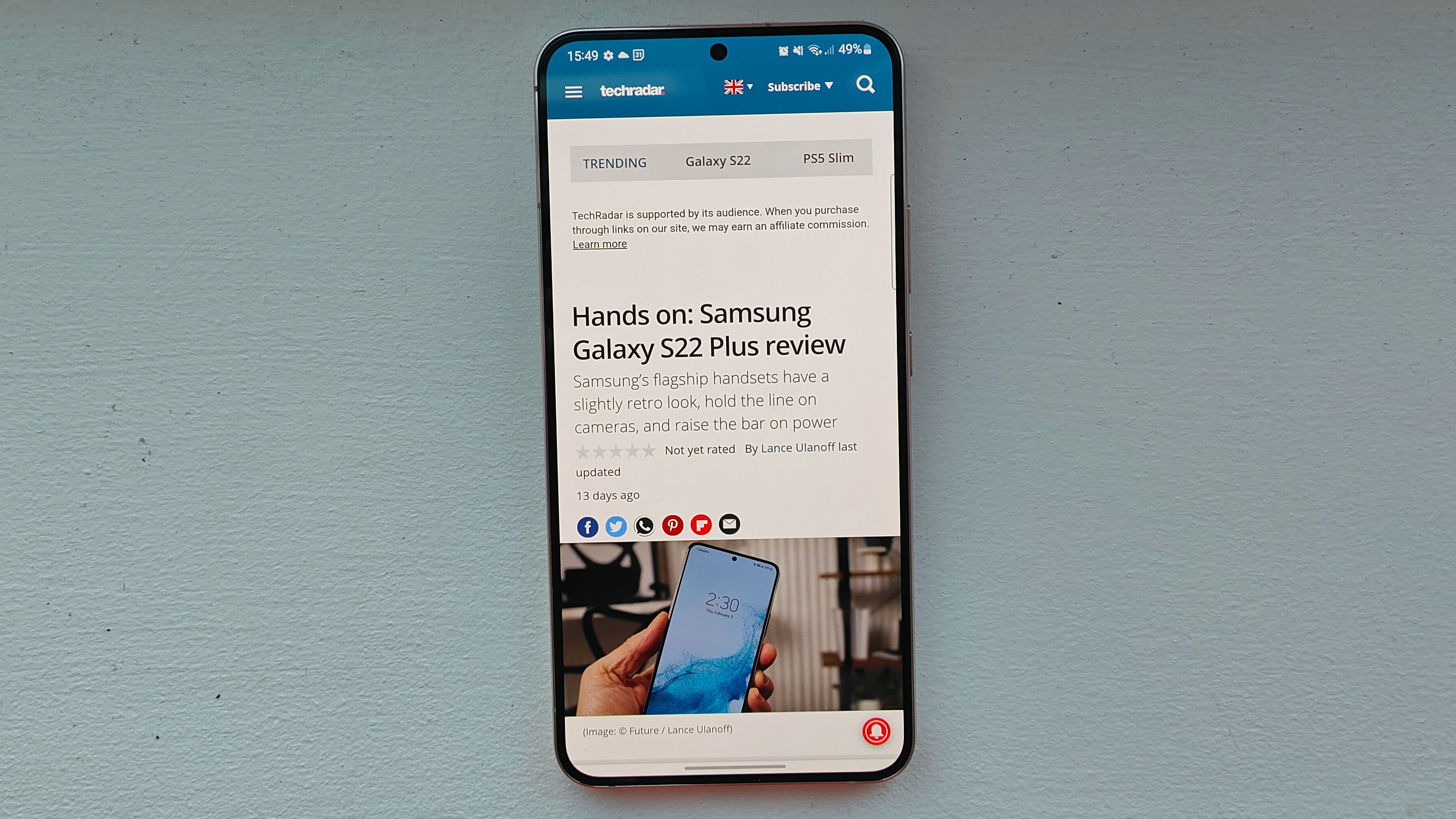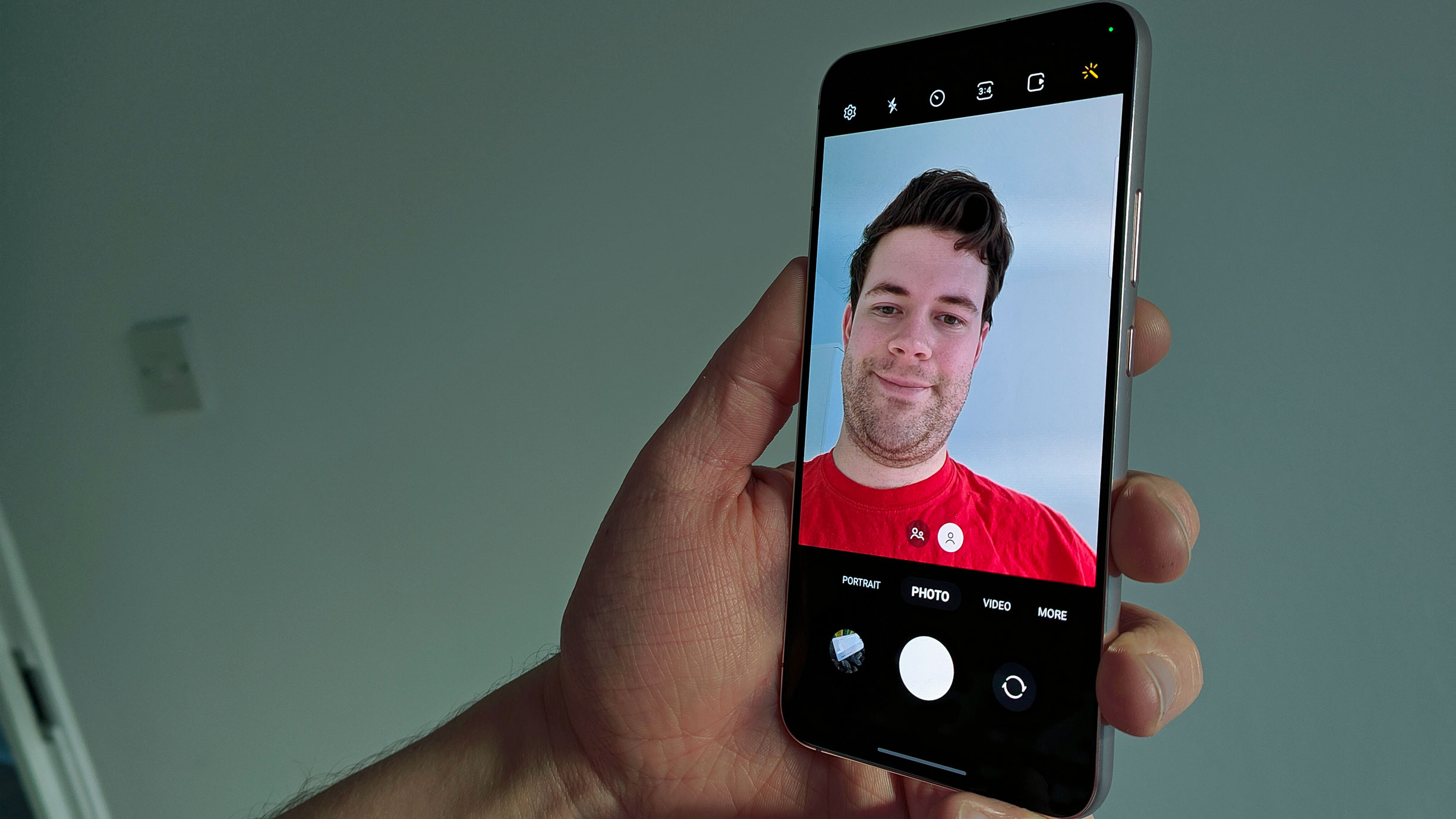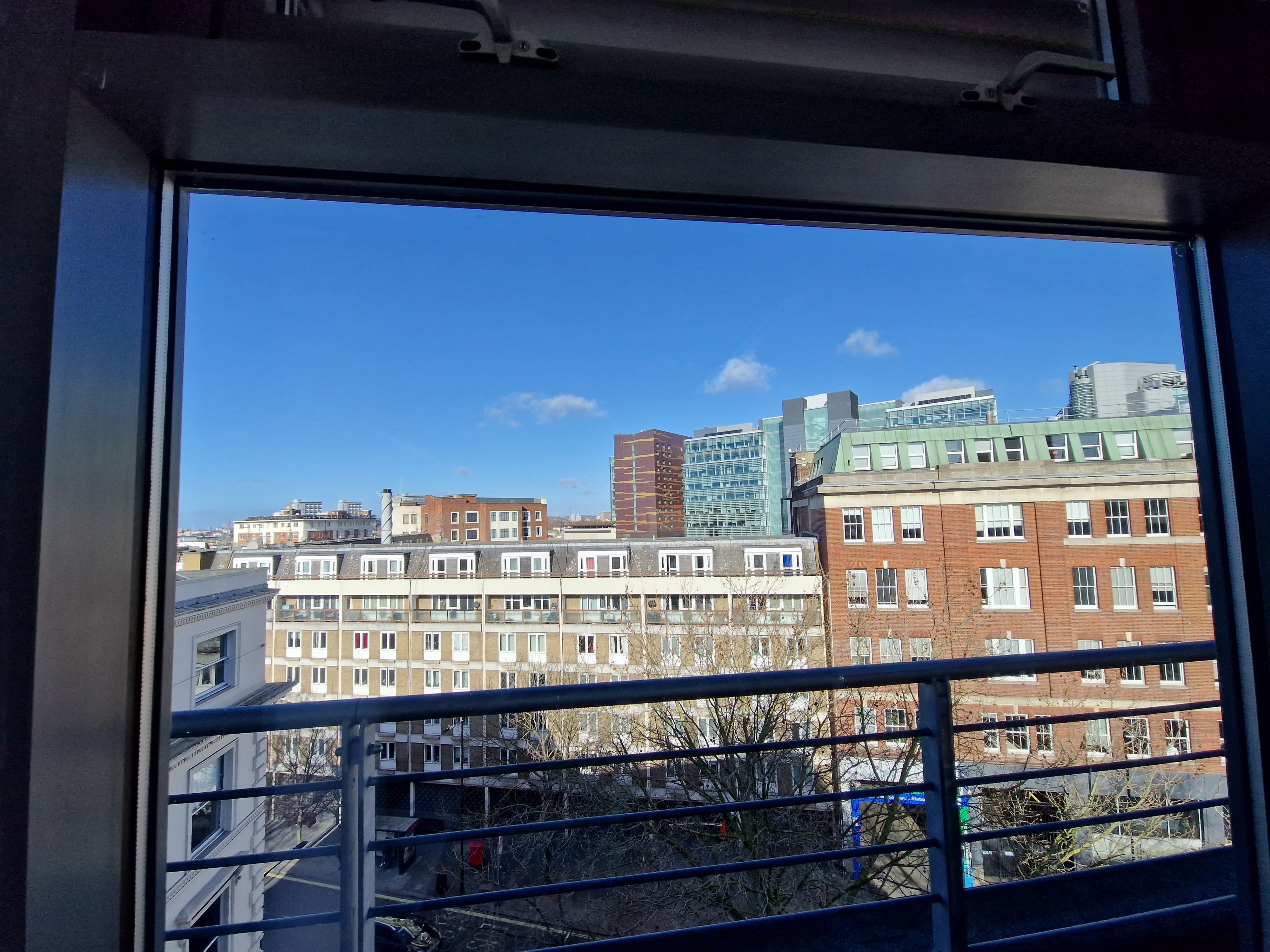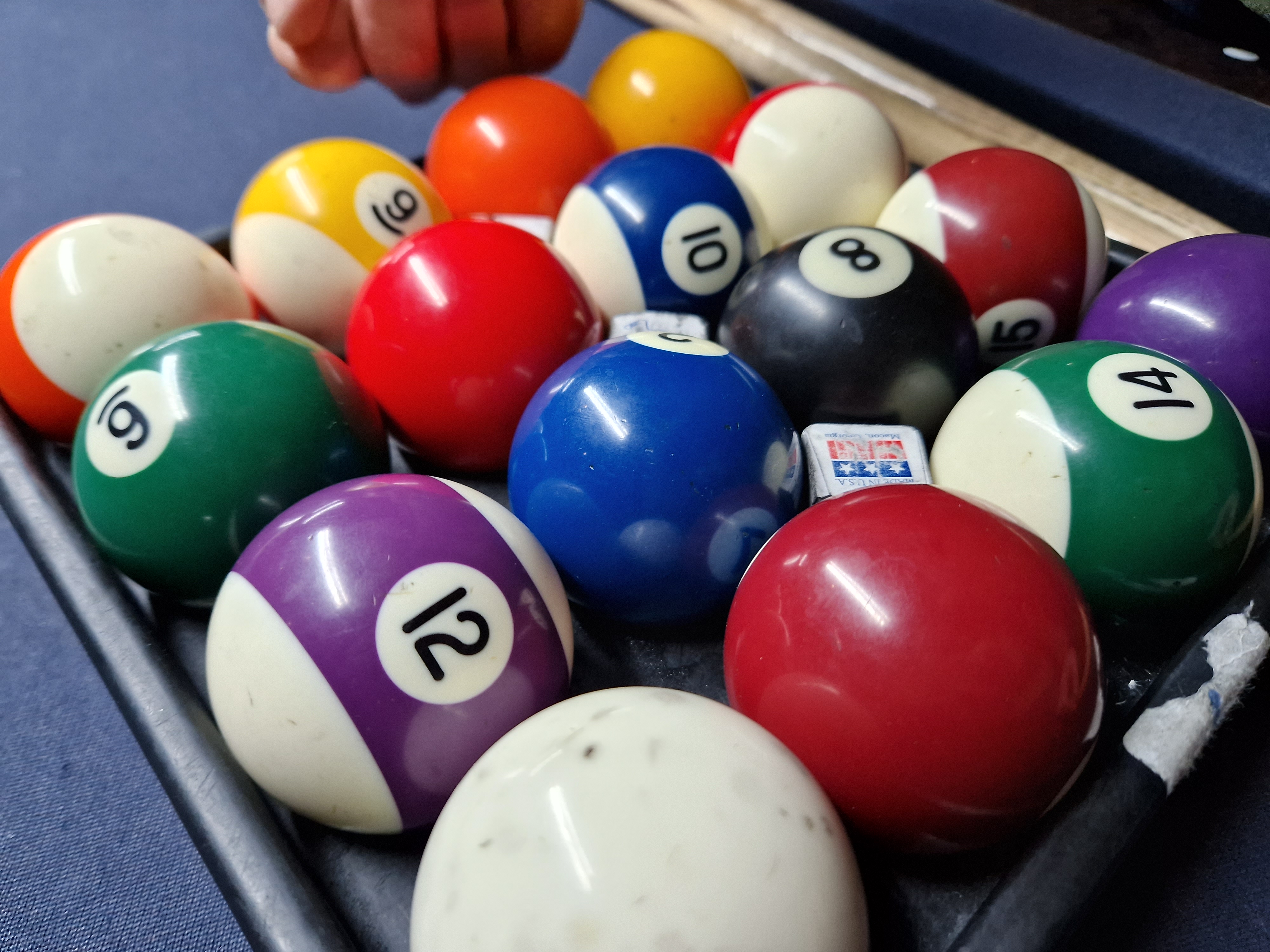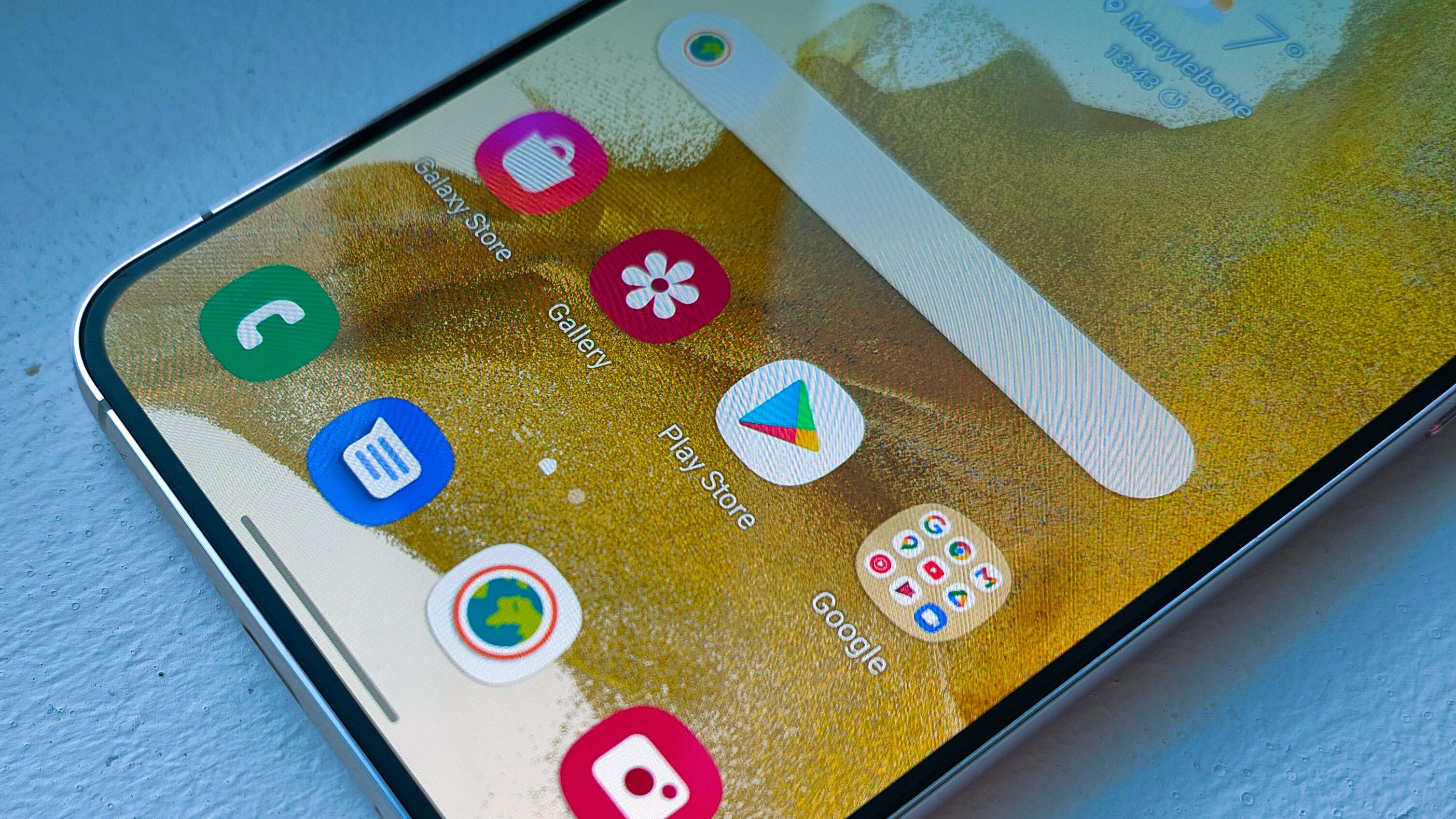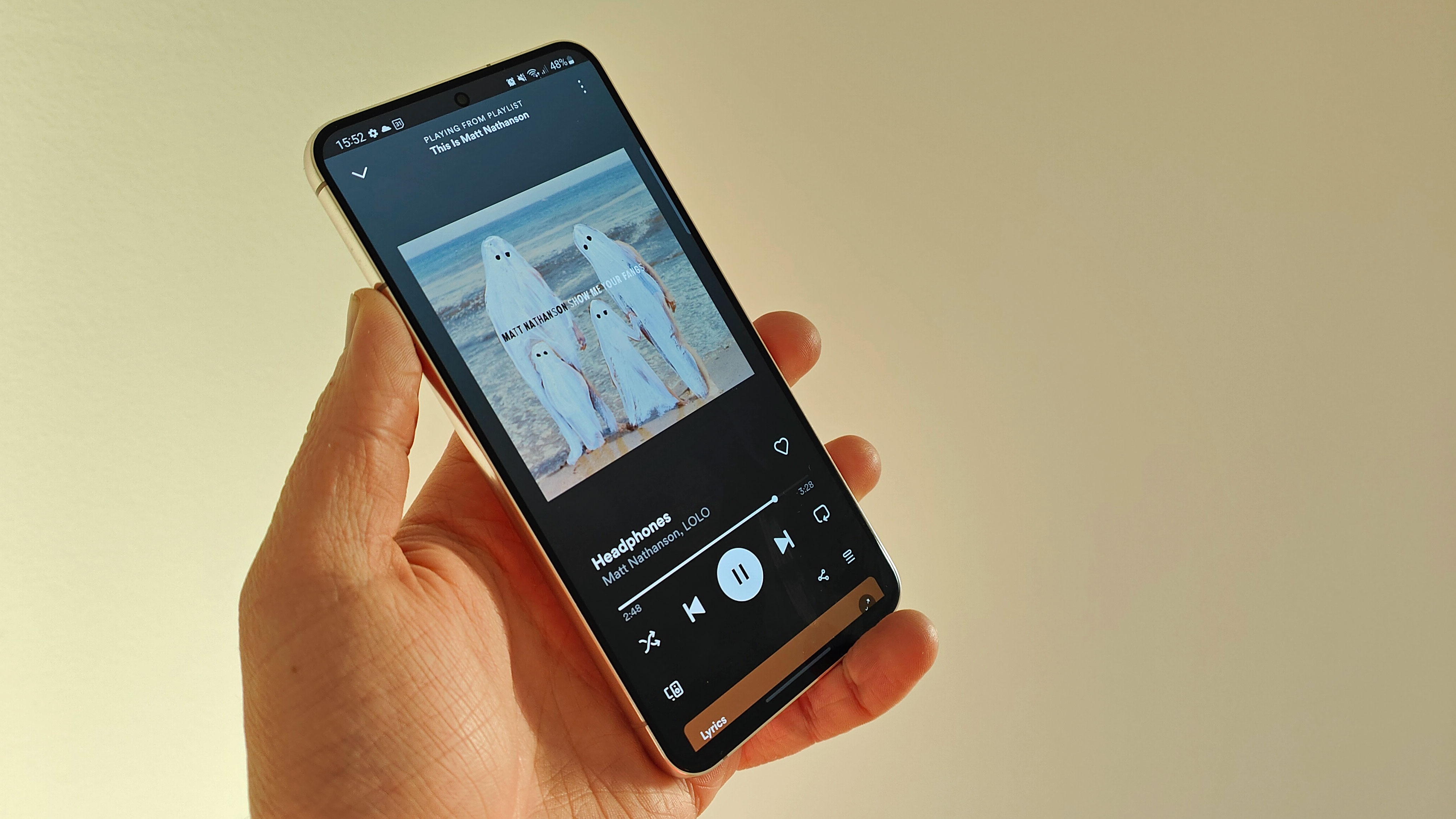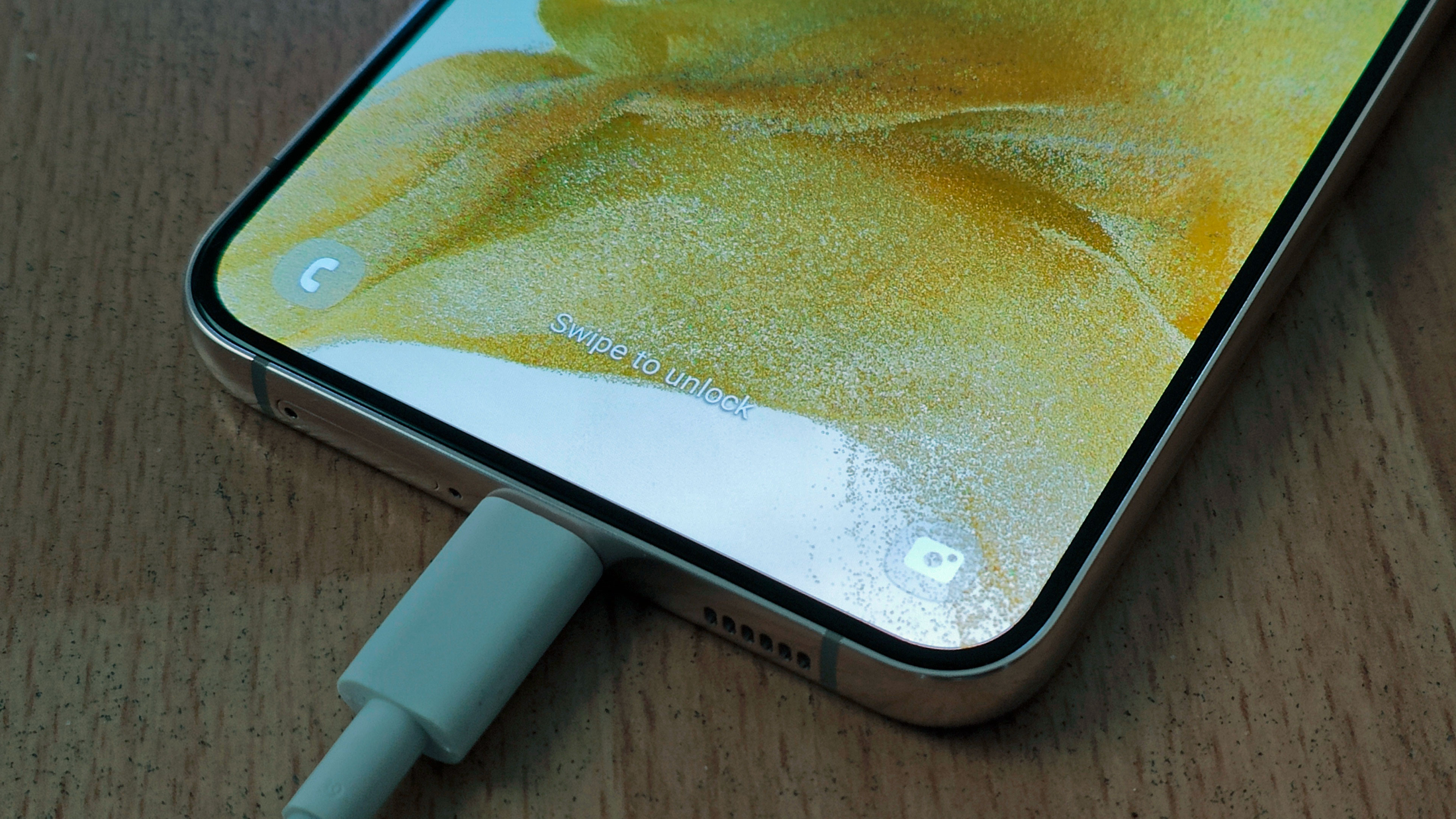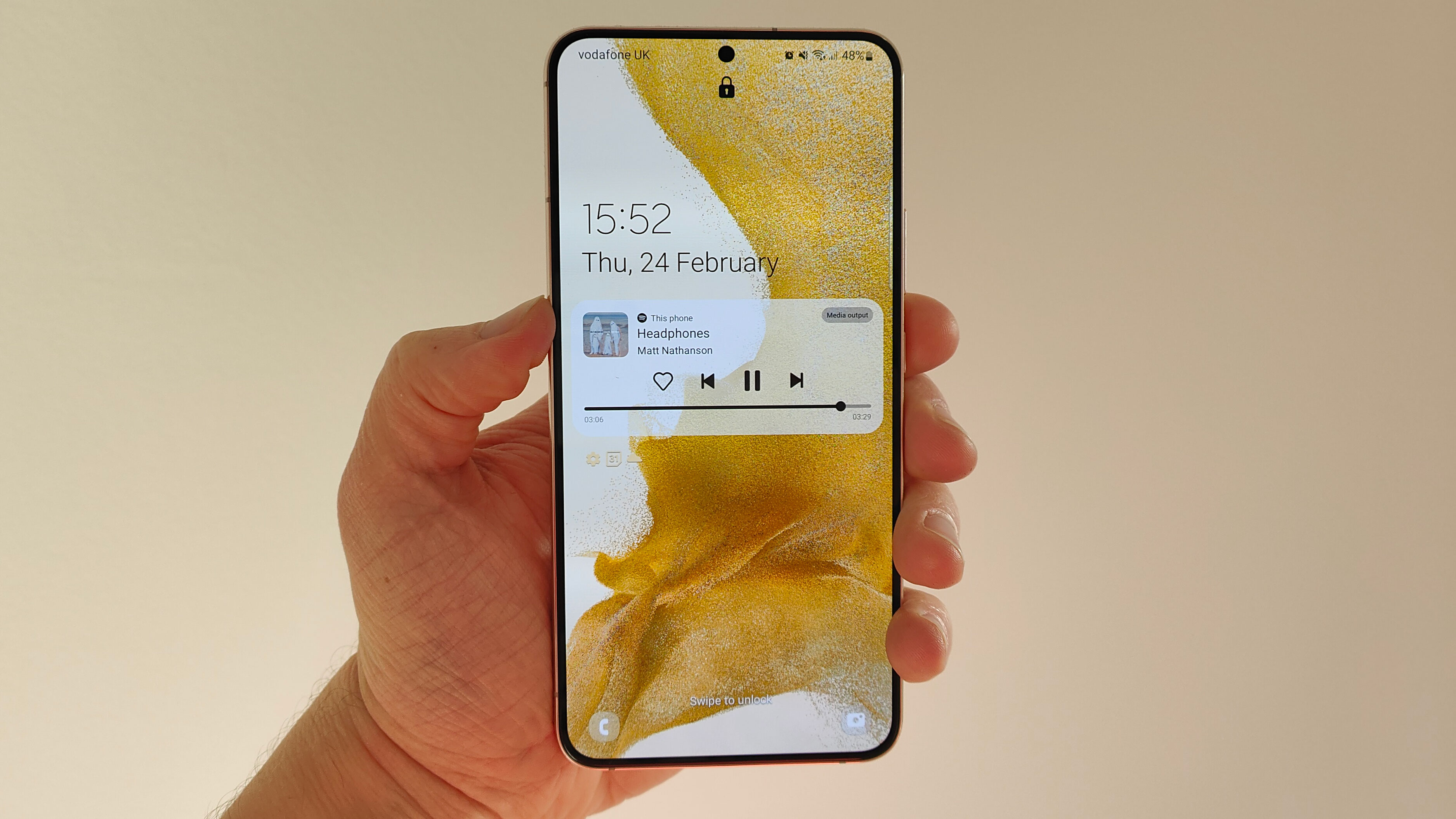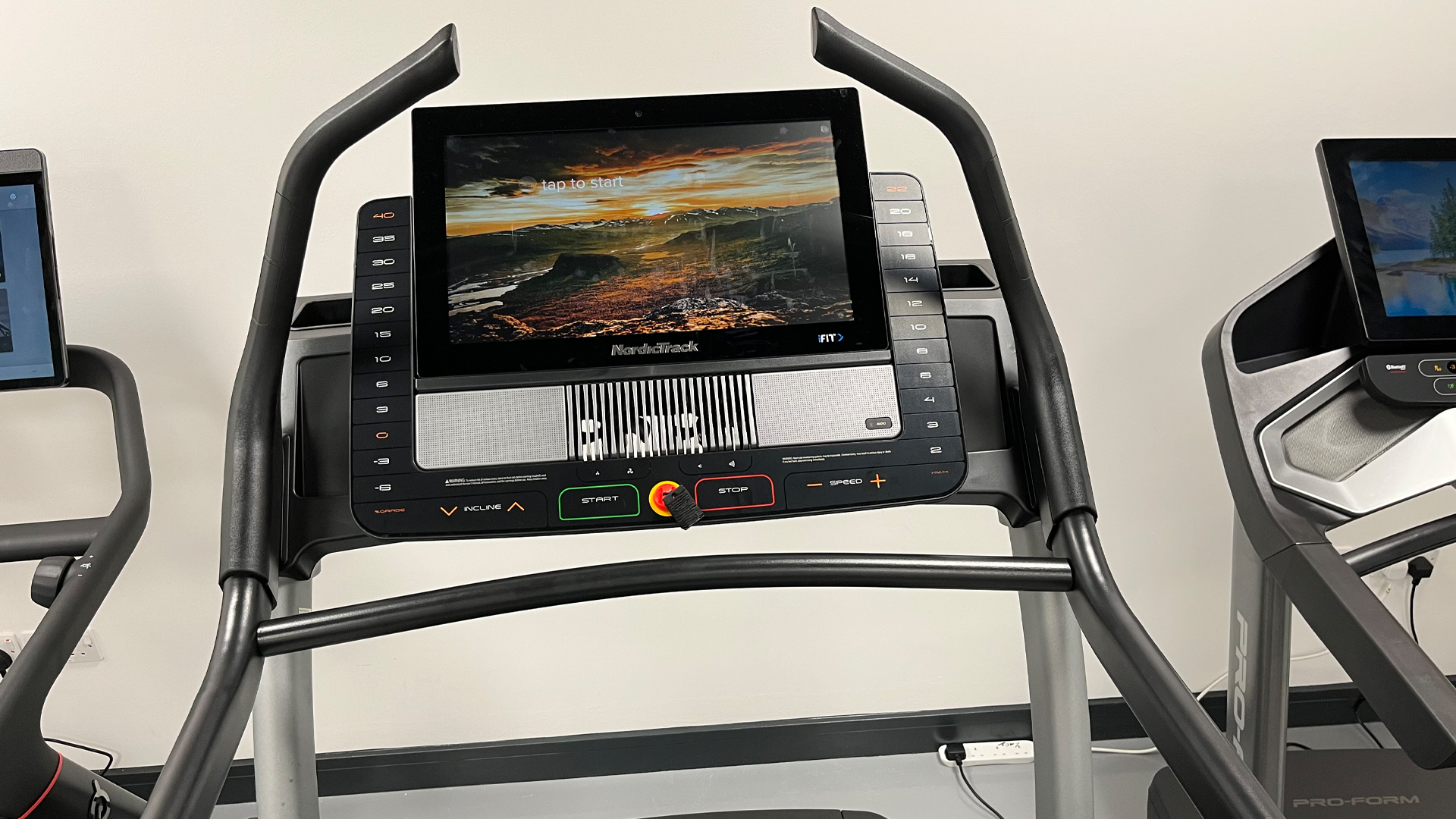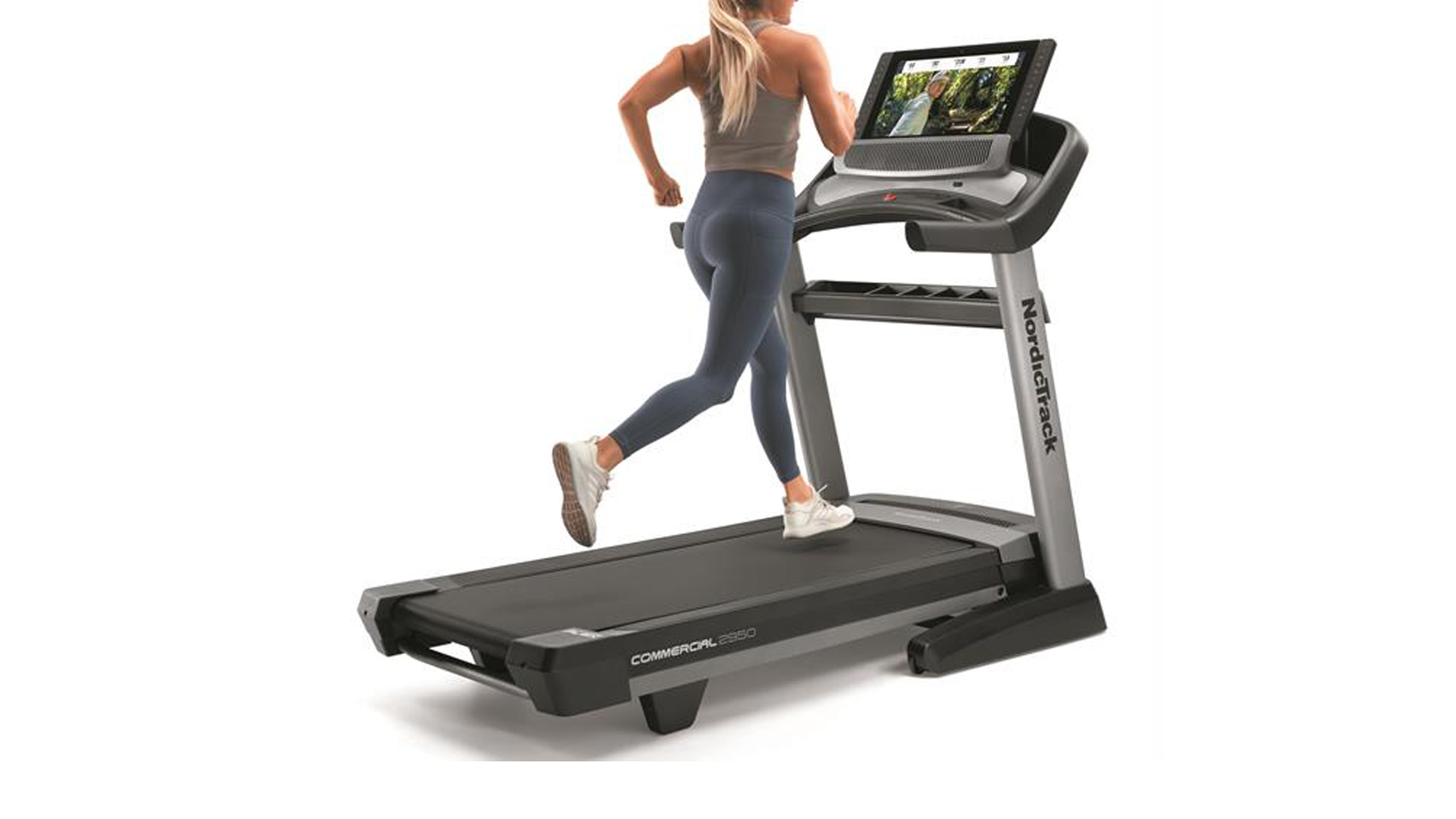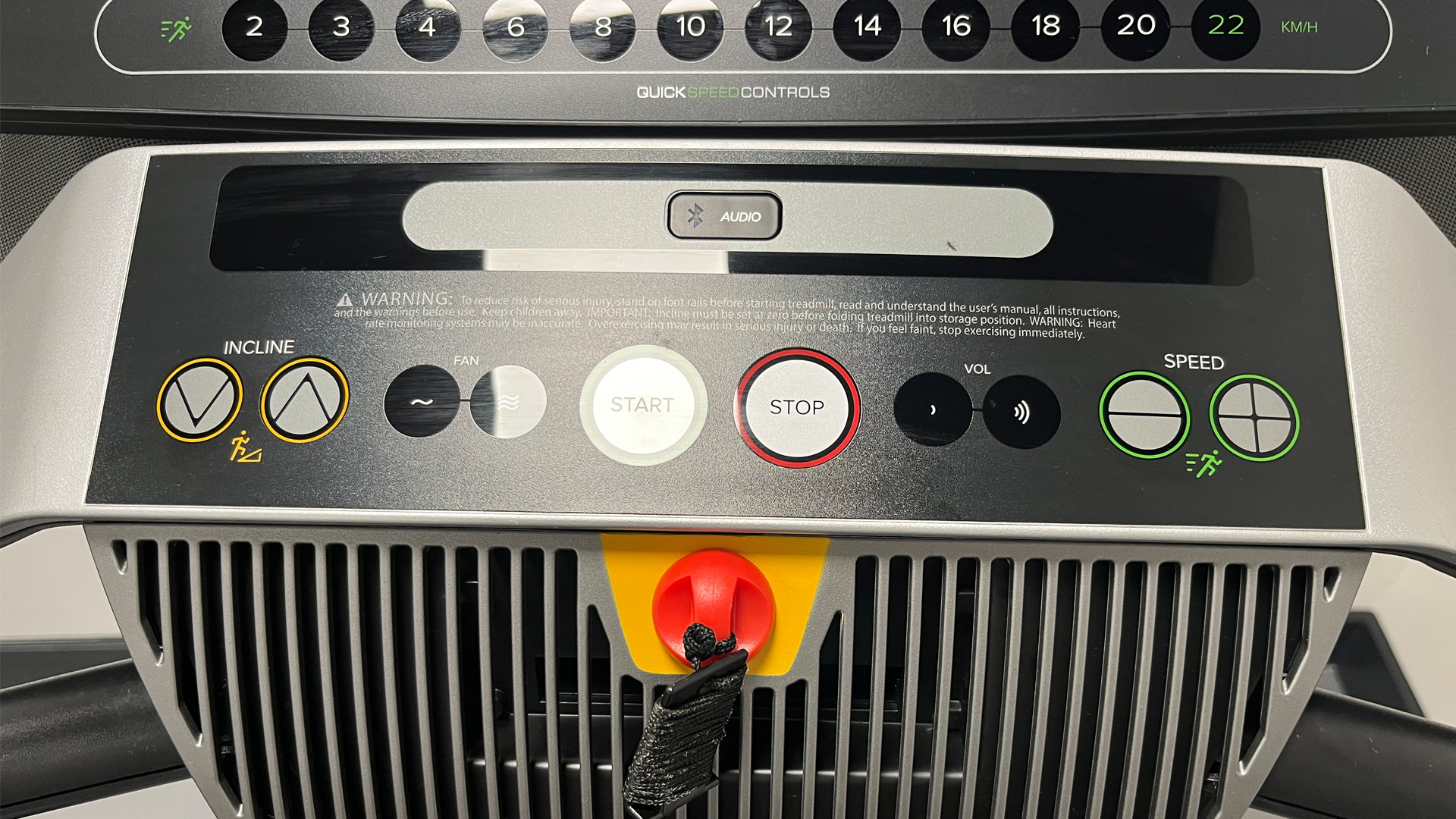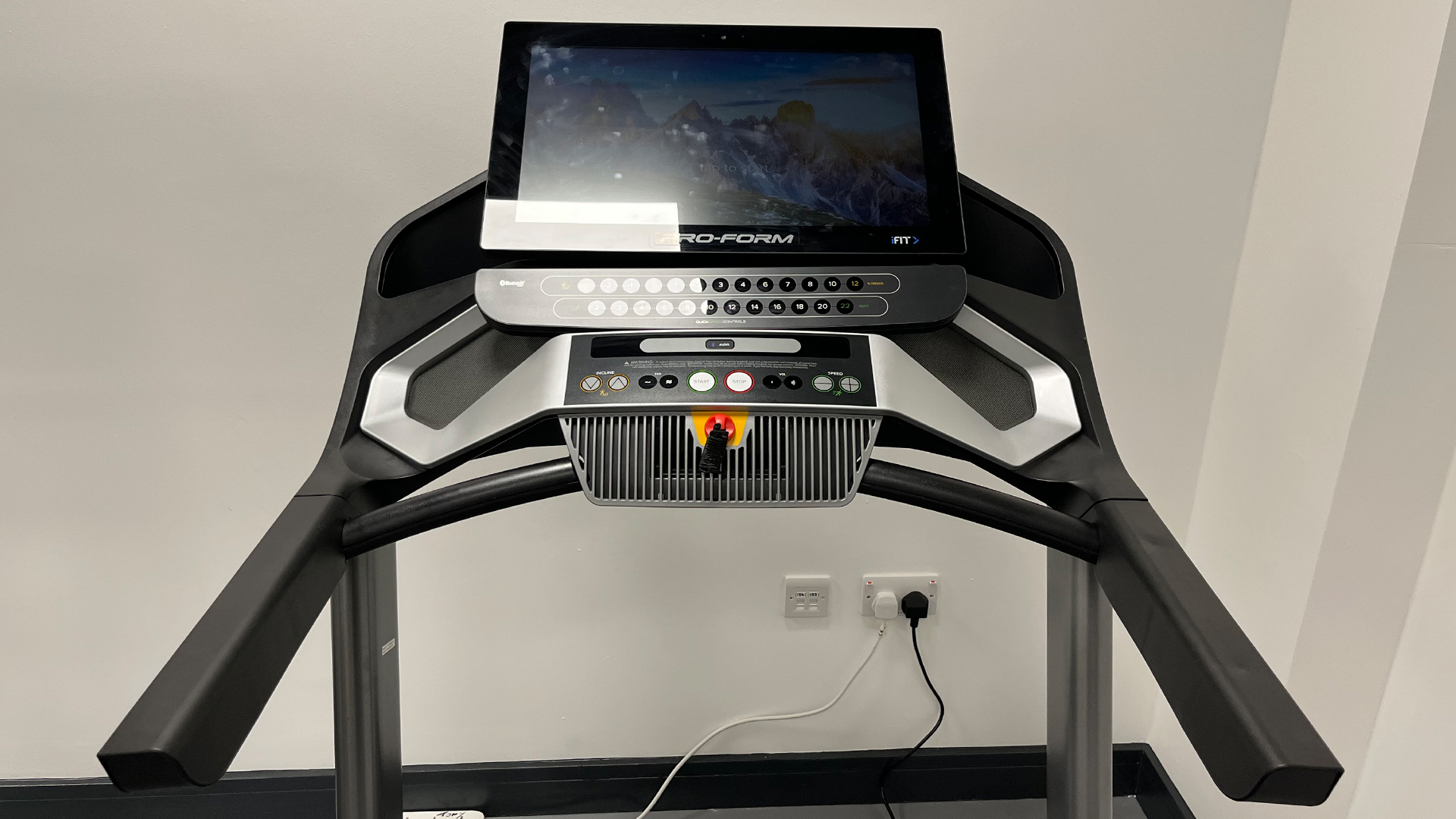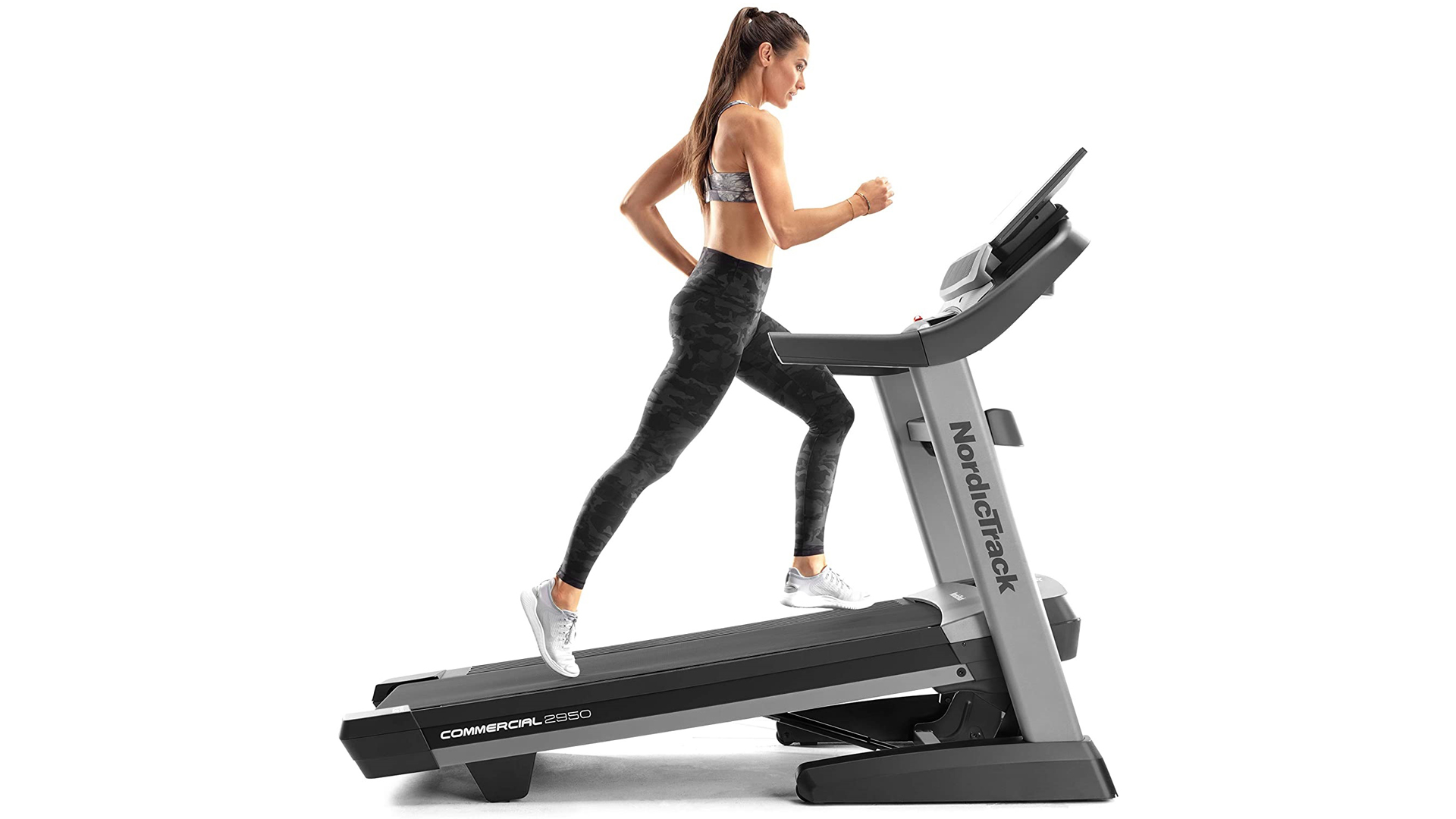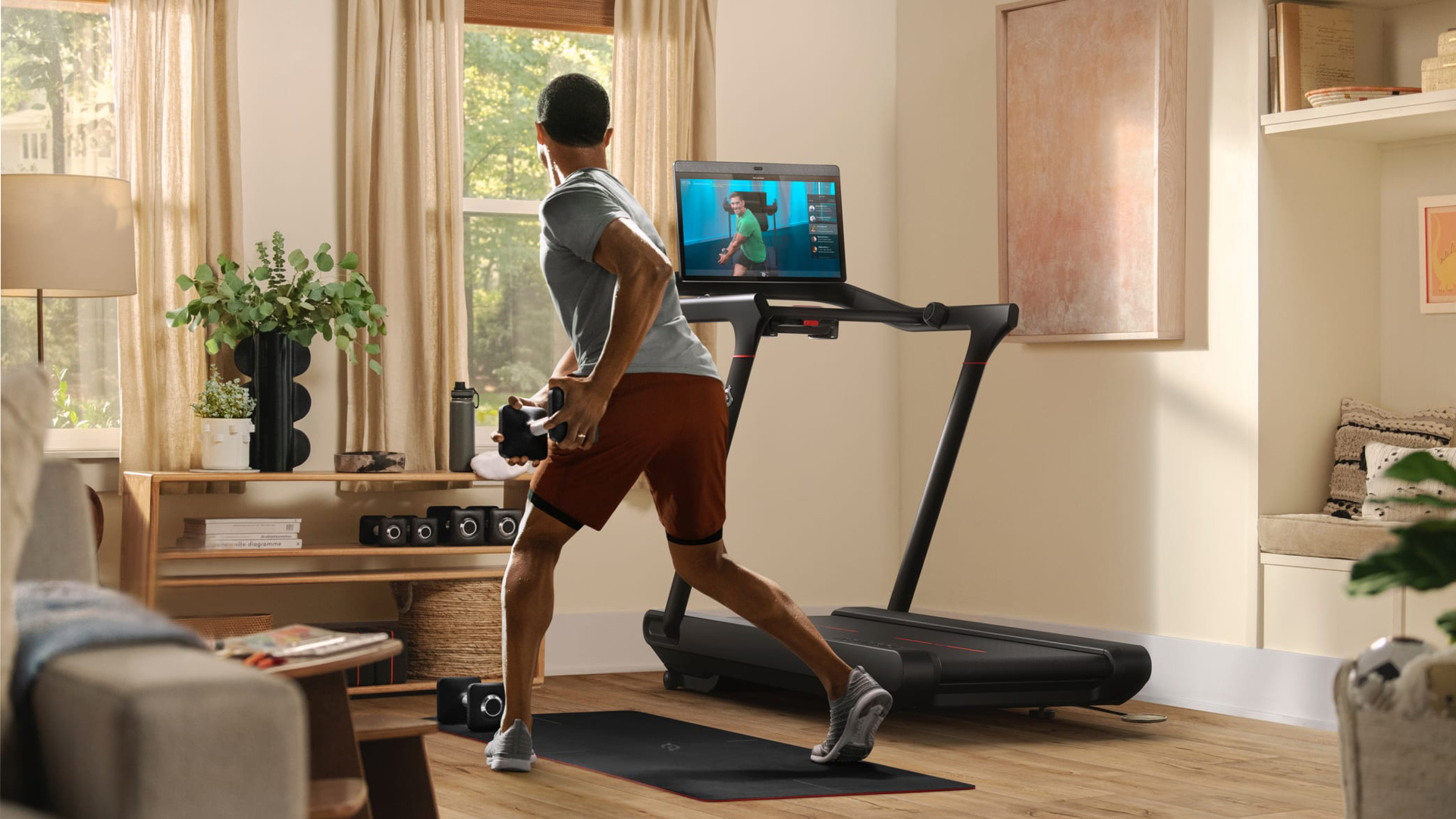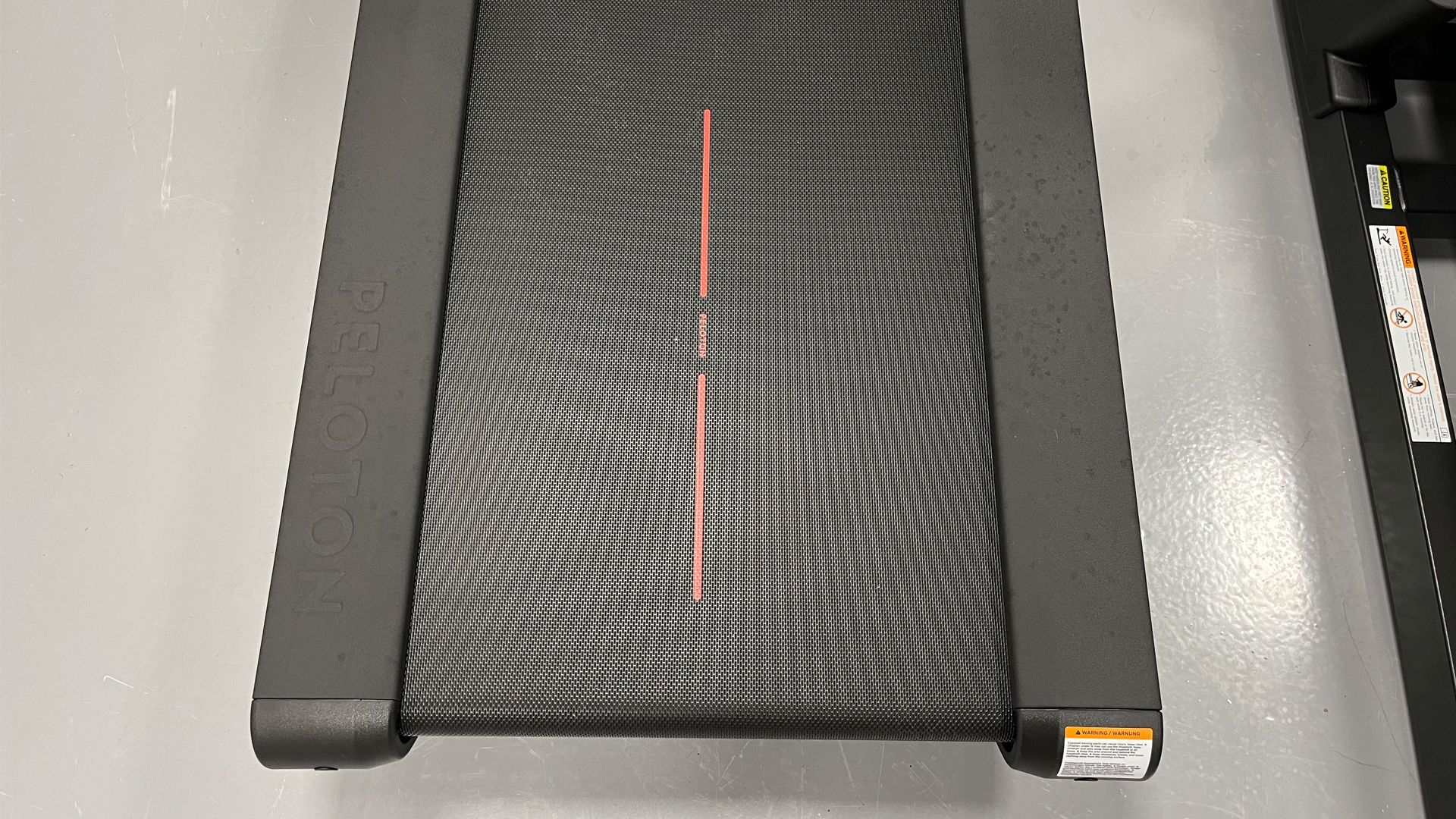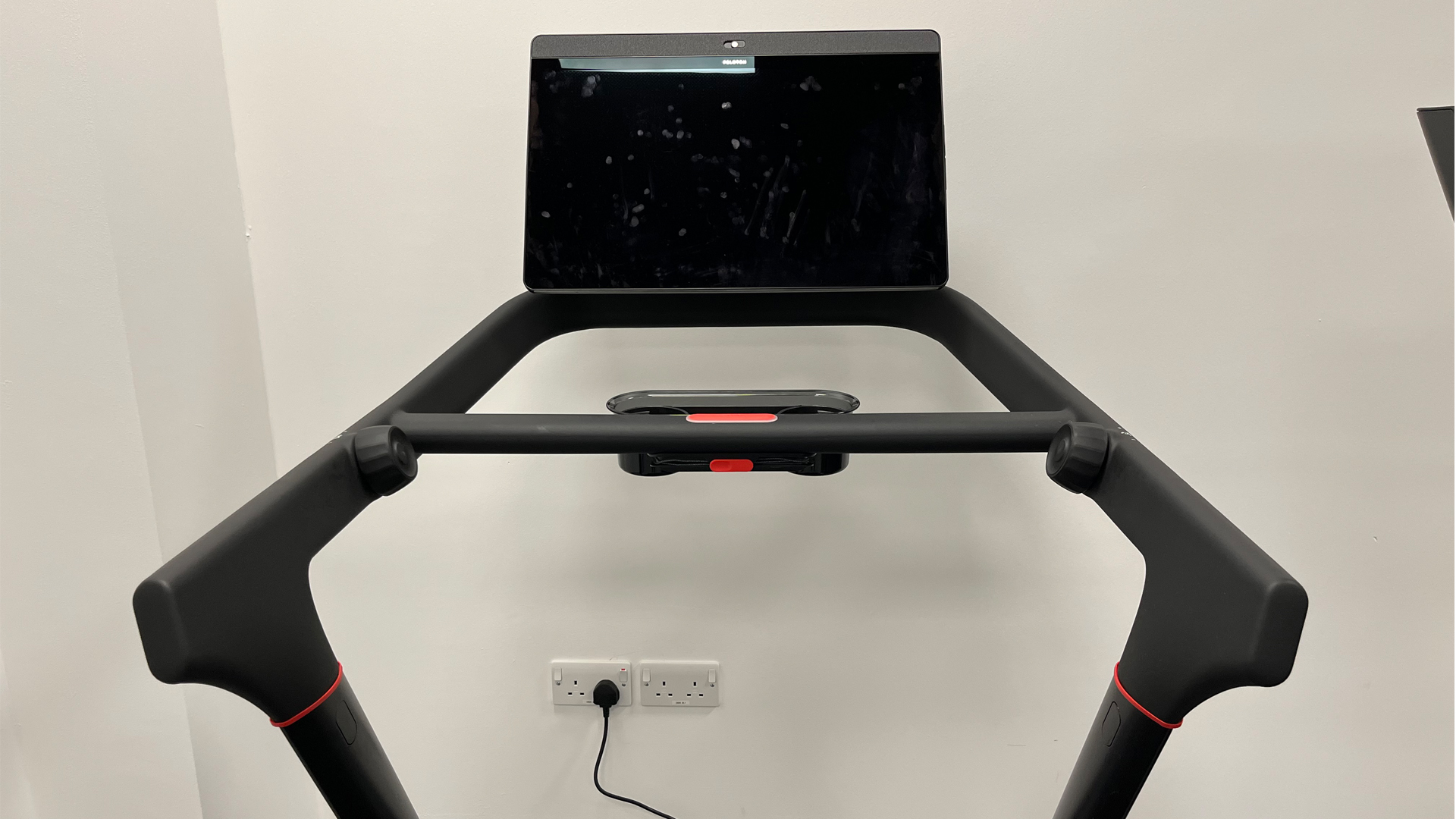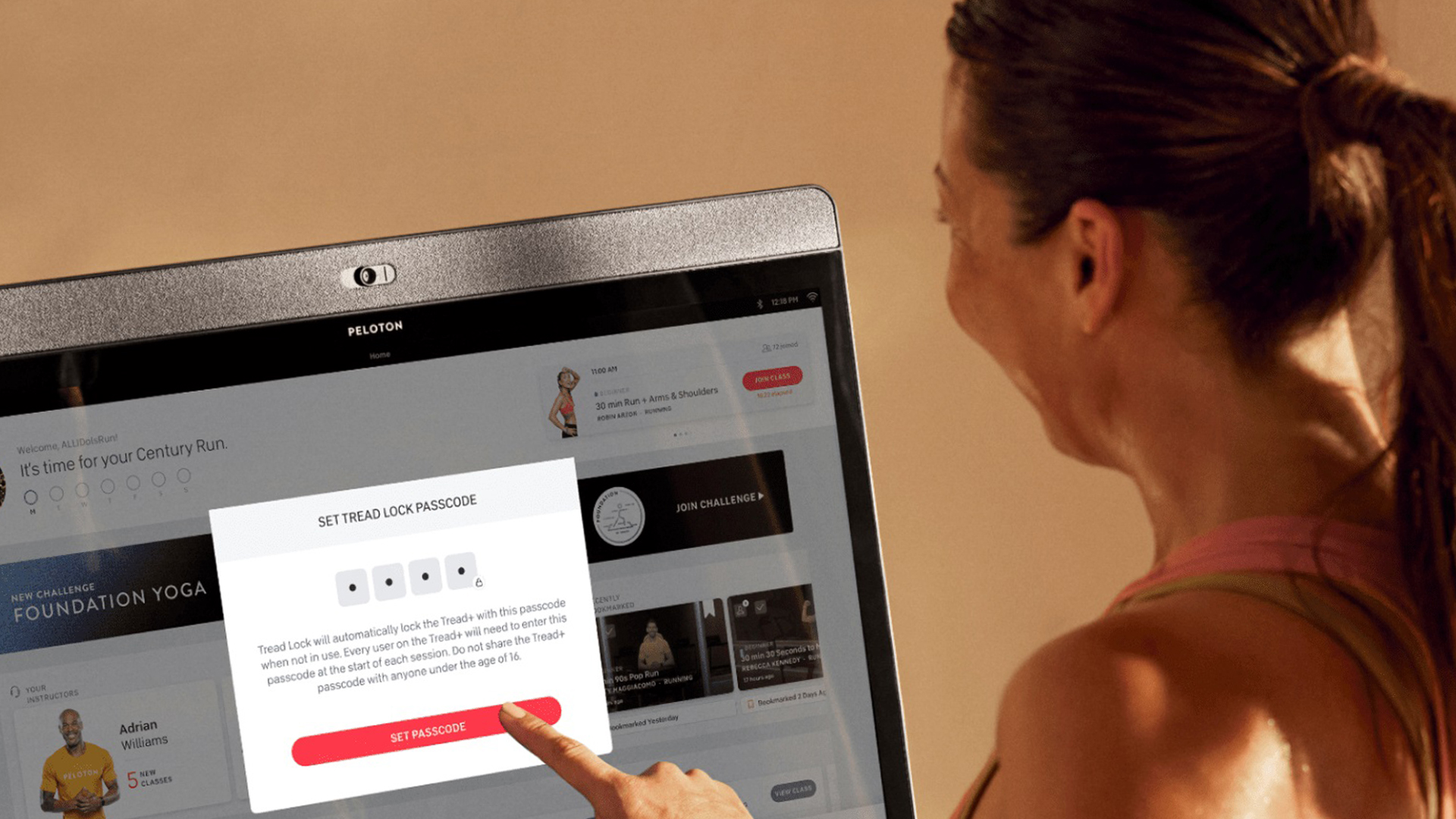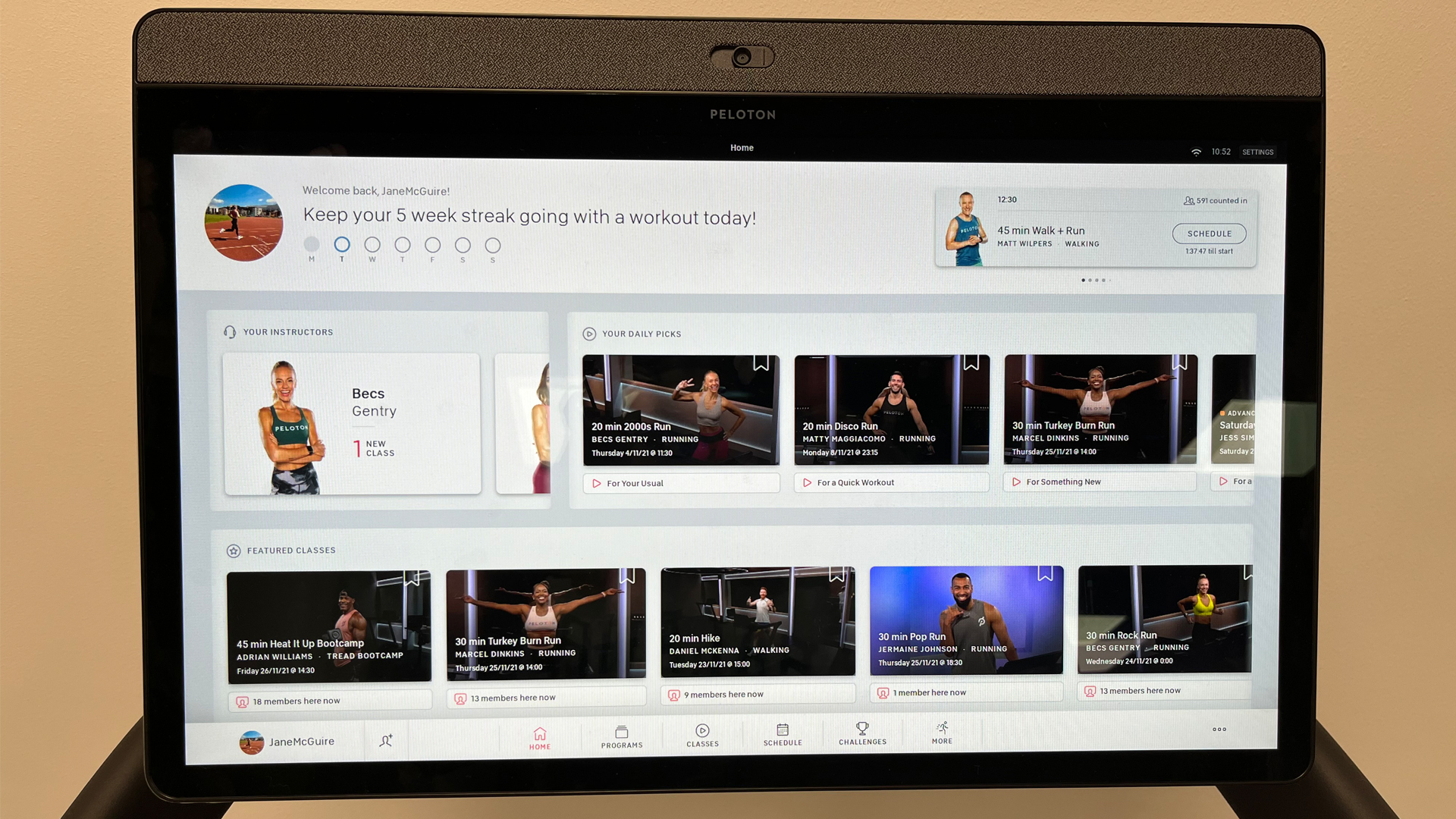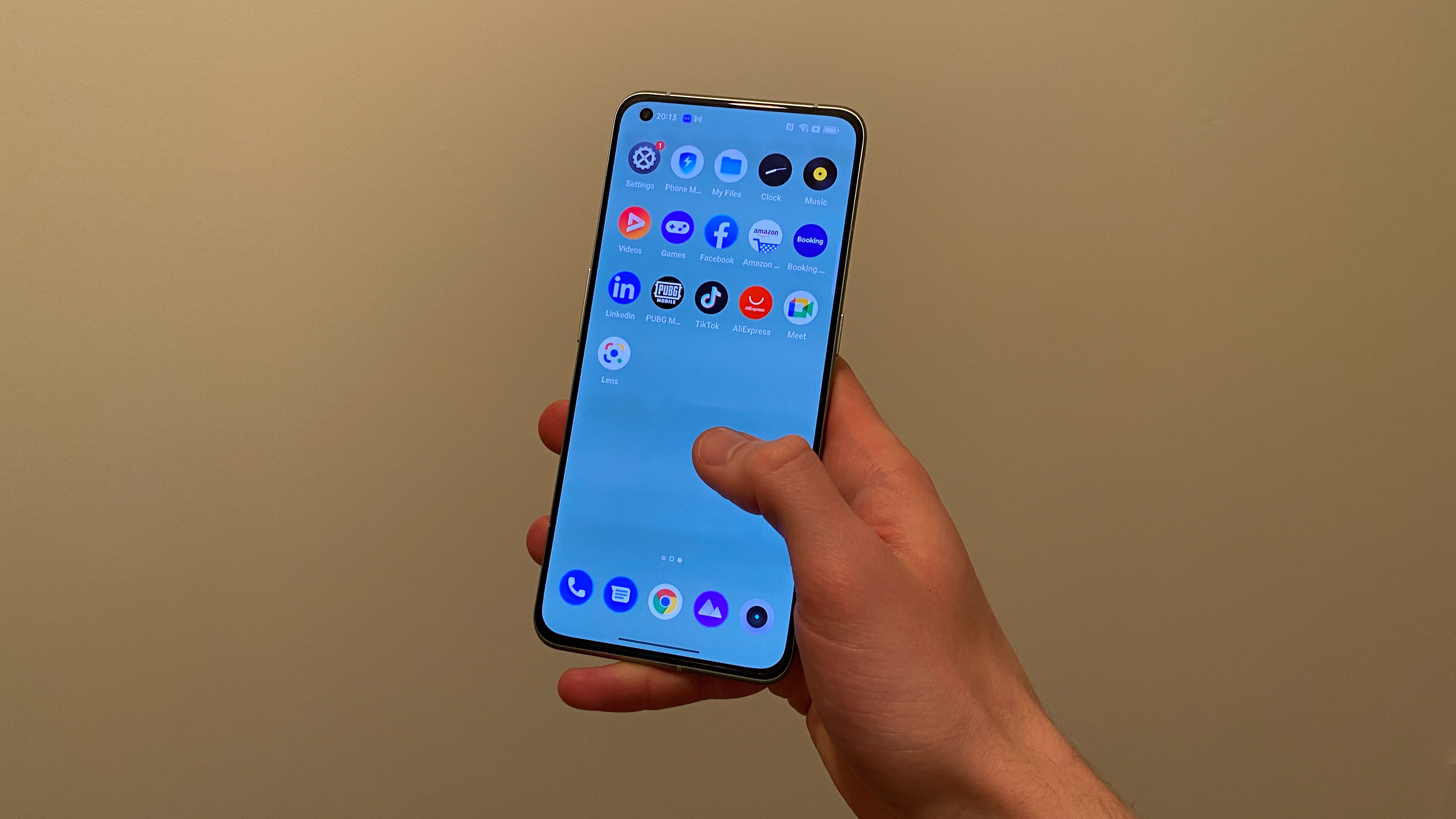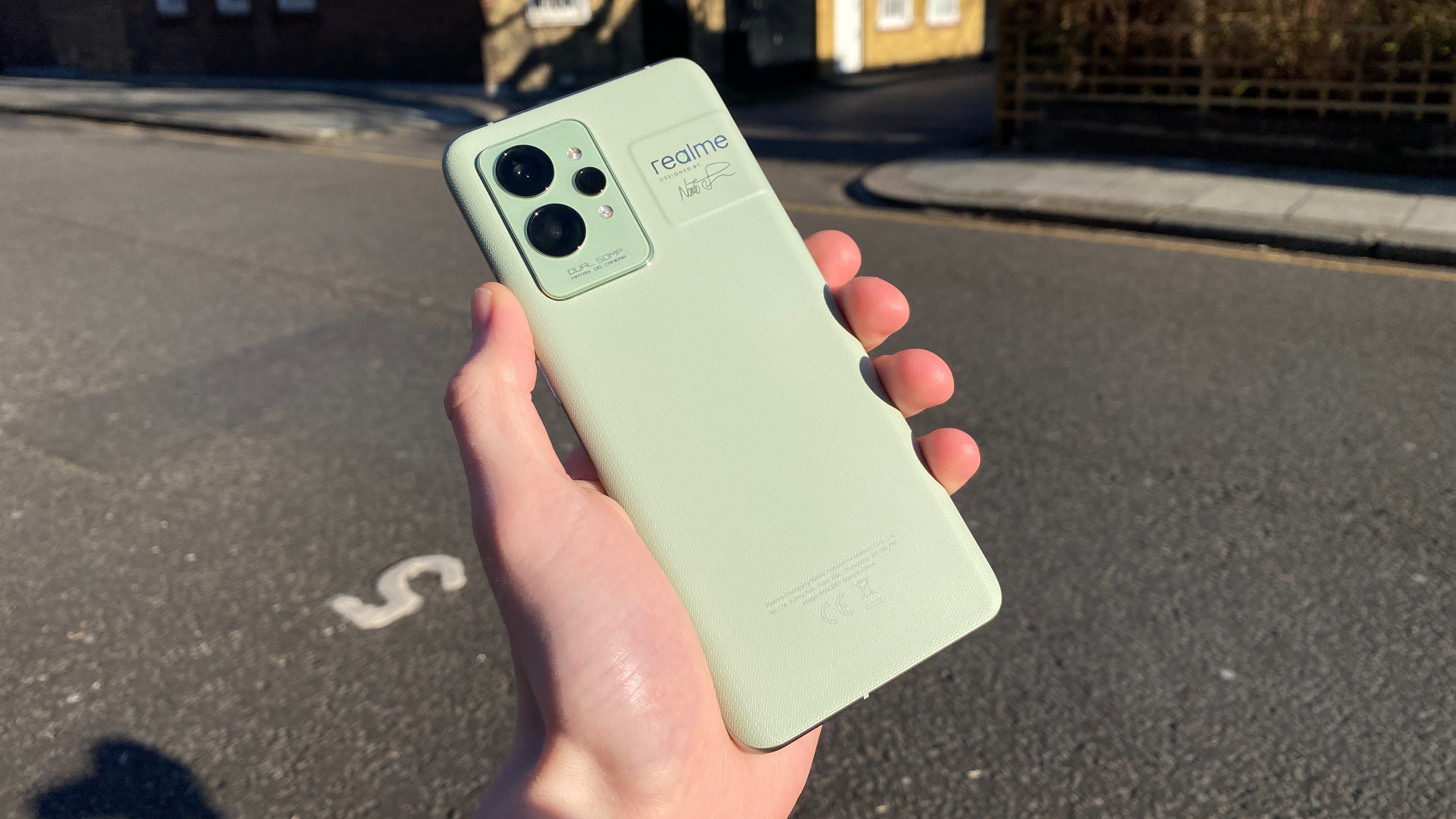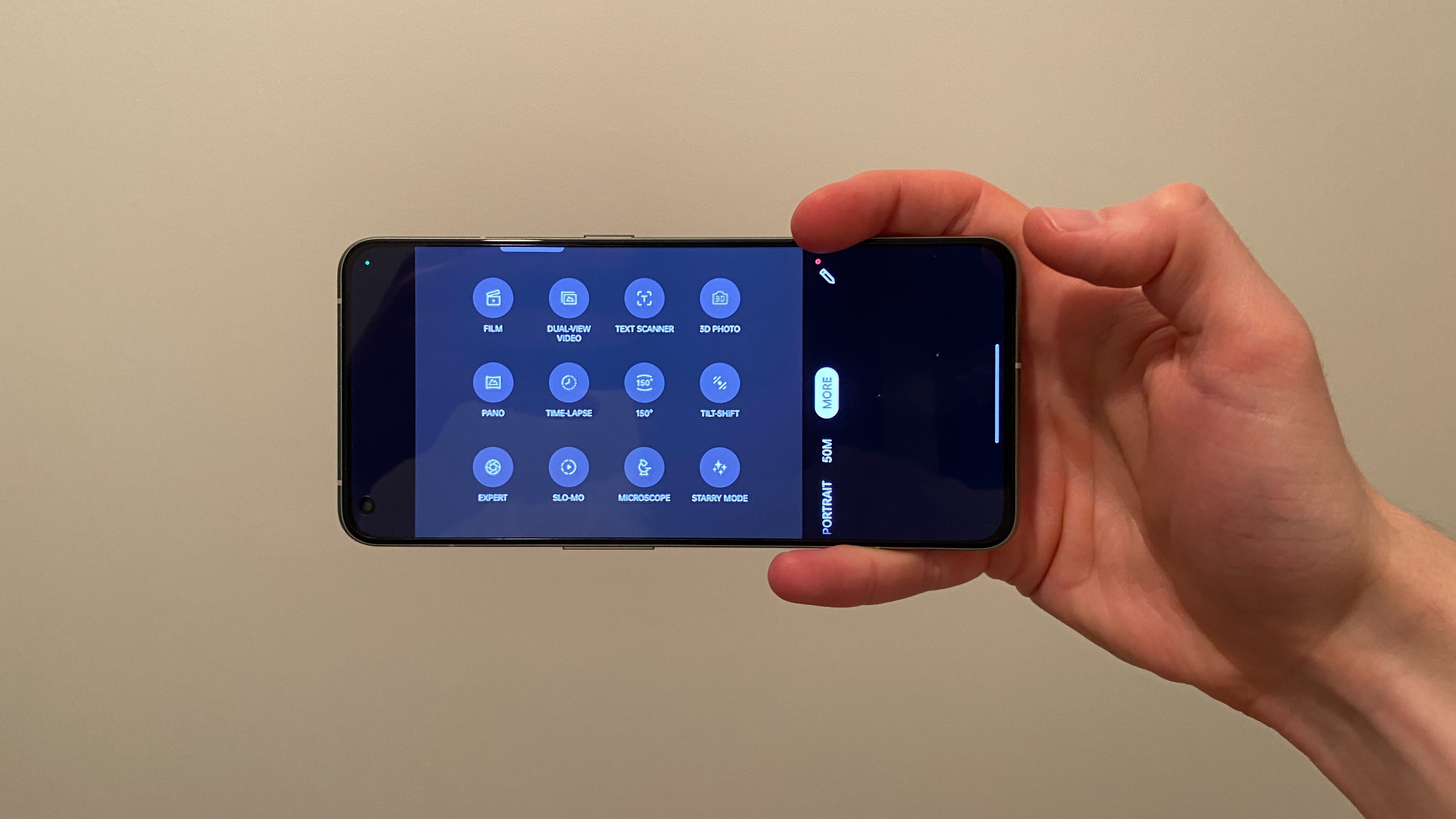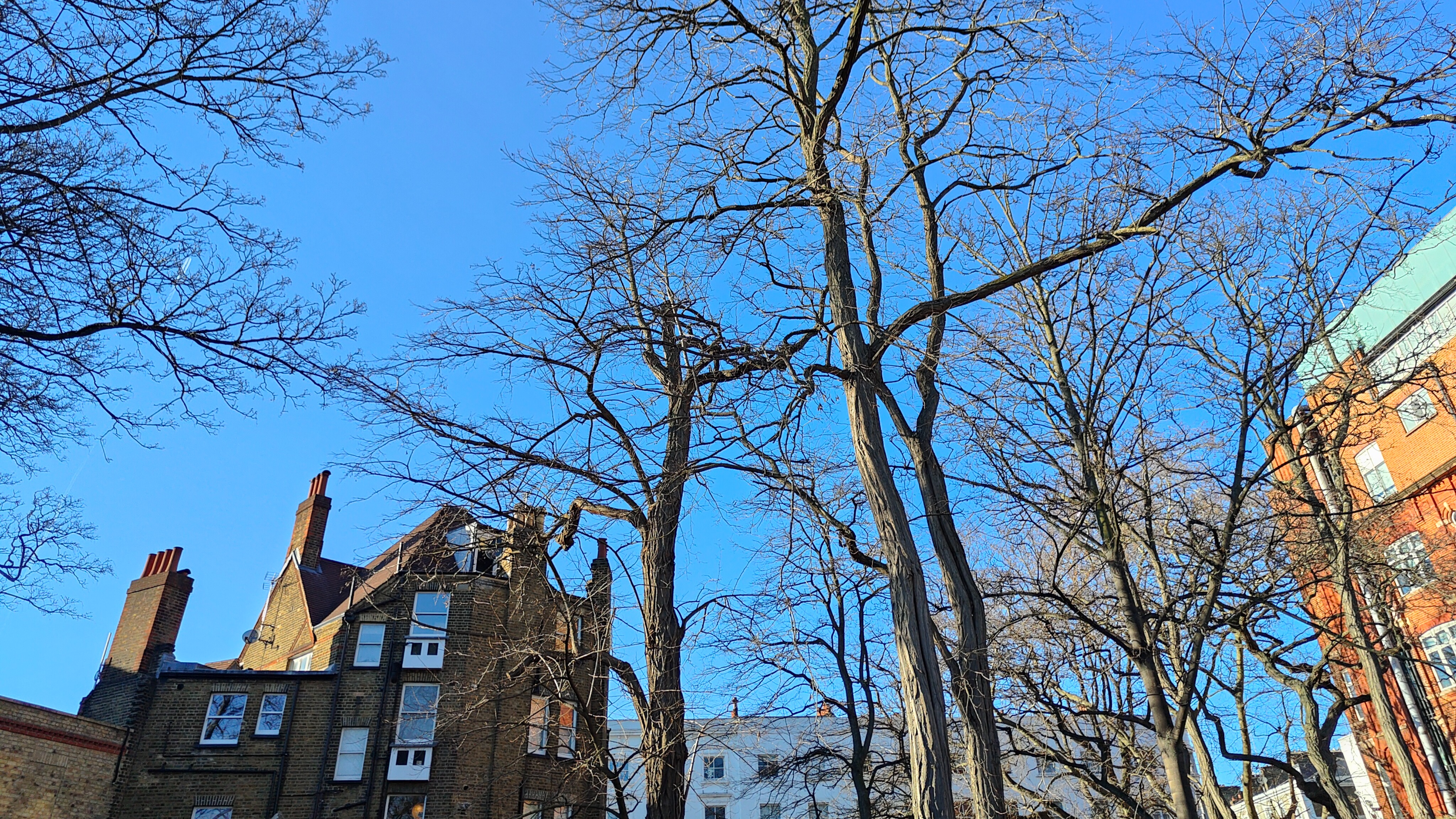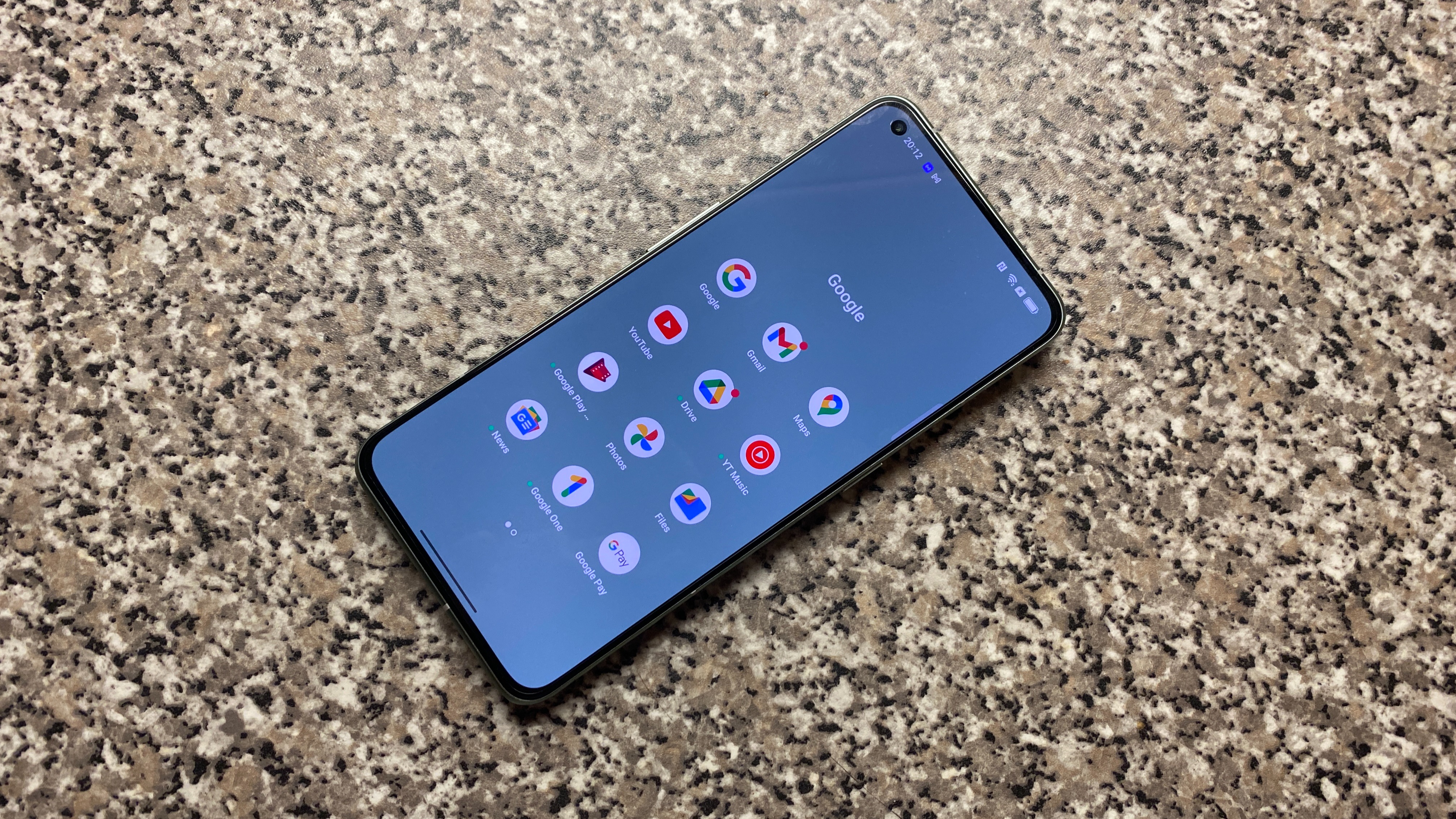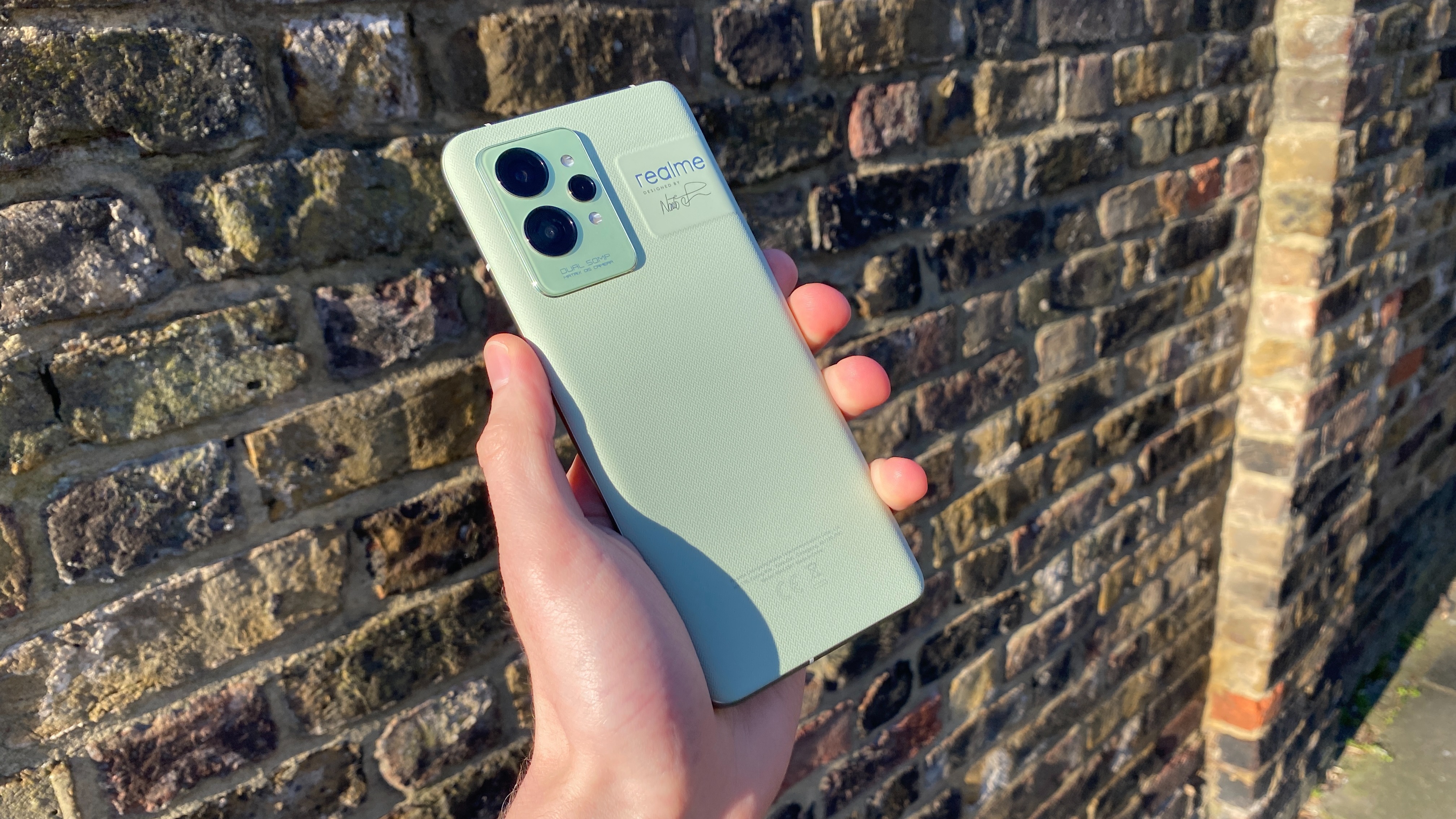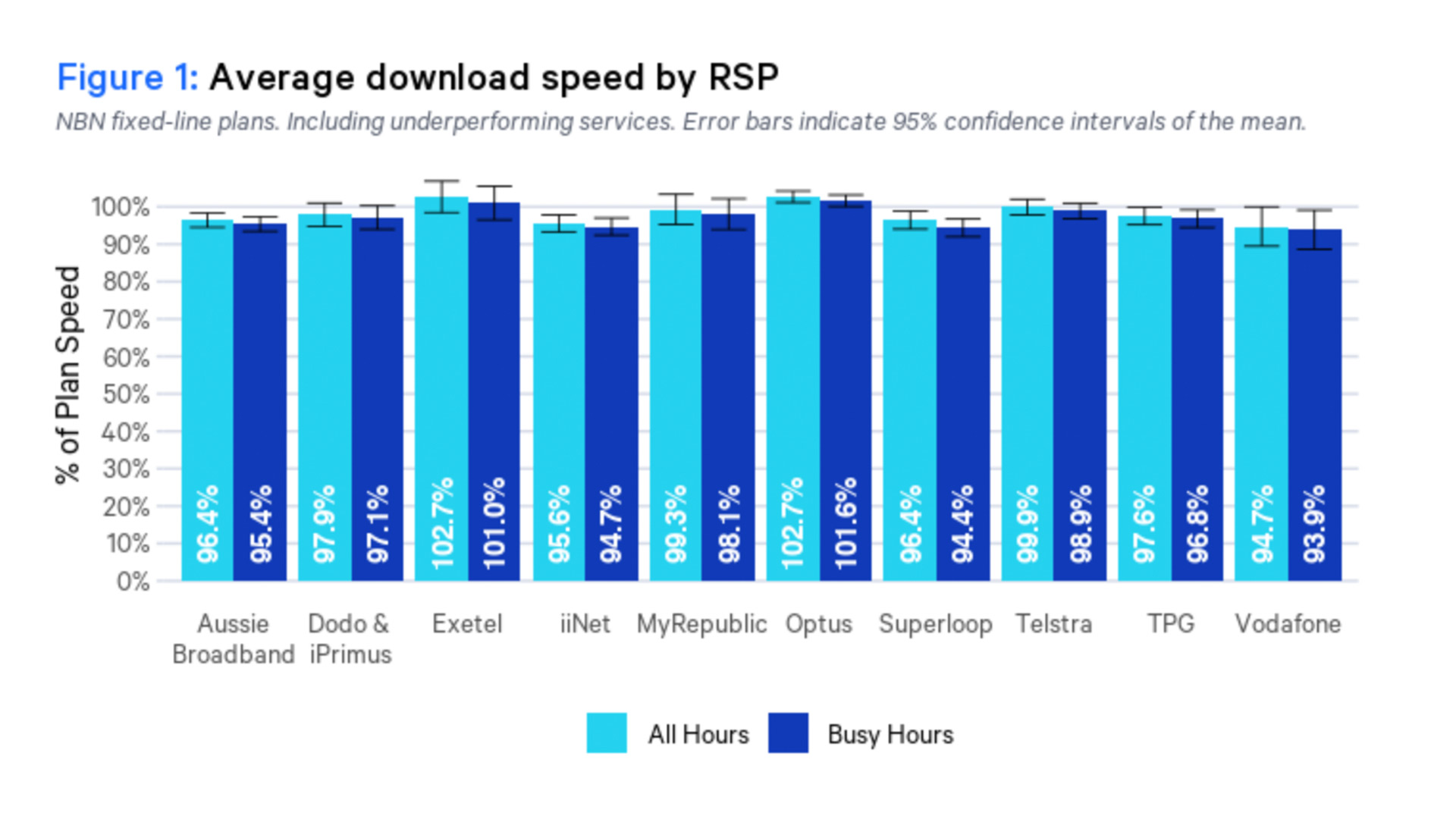The Batman
How do you reinvent Batman? With an illustrious 80-year history – comprising comics, films, TV shows, and video games – under the legendary vigilante’s utility belt, it’s a question that individuals in multiple creative industries have grappled with.
The Batman is arguably feeling more pressure than its movie predecessors when it comes to answering that query. The iconic superhero’s latest cinematic reboot is his third reimagining in less than 20 years – a situation that could certainly lead to audience fatigue for the character. Add in the initial divisive fan reception to Robert Pattinson’s casting as Batman/Bruce Wayne, the movie’s lack of R-rated content, and its pandemic-induced delay, and The Batman could’ve been a disaster waiting to happen.
Unlike the criminals that Batman hunts, though, viewers can put their fears over the Caped Crusader’s next big-screen adventure aside. The Batman is a gripping, tension-filled, and pleasingly measured take on the Dark Knight that juggles its multiple moving parts with aplomb. And, although the superhero’s cinematic franchise may not have necessarily needed it, The Batman similarly breathes new life into the vigilante’s film series as Tom Holland’s Spider-Man did for the webslinger’s movie franchise.
The Long Halloween

Set during the second year of his crime fighting career, The Batman follows the titular superhero/Bruce Wayne (Pattinson) as he pursues the Riddler (Paul Dano), a serial killer targeting the Gotham City elite, in the week following Halloween. But, as the Riddler’s murder spree leads Batman down a path of conspiratorial corruption that connects to the Wayne’s family’s legacy, he’s forced to confront the devil inside his mind as much as those that demonize Gotham.
Immediately, The Batman’s synopsis places it in unusual territory. This isn’t a traditional Batman origin story – there’s no Thomas and Martha Wayne death scene, training montages, or thematic homecoming for Bruce before he settles into the dual playboy-vigilante role he’s renowned for. Here, Batman is already established as a renegade hero – albeit a somewhat inexperienced one – who serves Gotham and nobody else. He’s a rebel with a cause, but one whose worldview is still largely dictated by childhood trauma.
The narrative decision to solely focus on Batman’s fledgling vigilante career is one that some viewers may find a little peculiar, particularly following Christopher Nolan’s Dark Knight trilogy. Given how its world is pre-established, The Batman occasionally feels like the second instalment in a new Batman movie series, or that a prologue sequence, which sets up the film’s events, has inexplicably been cut.

Nevertheless, The Batman works well as the potential first entry in director Matt Reeves’ film series without re-treading that well-worn origin story path. To unashamedly borrow the title of Nolan’s first movie, we know how Batman begins. Revisiting his backstory again is totally unnecessary, much like it was for Spider-Man’s introduction in the Marvel Cinematic Universe in Captain America: Civil War.
Sure, The Batman serves as a jumping-off point for other characters’ origin tales – Selina Kyle (Zoë Kravitz) and Oswald Cobblepot (Colin Farrell) to name two. But, while their anti-heroic or villainous turns are established in novel ways, fans already know who these characters are before they undergo those transformations. The Batman respects its audience enough to forego overly long, formal character introductions. It’s simply up to us to recognize these individuals and their roles in proceedings, and enjoy it without exploring the beginnings of the Batman mythos again.
Literary interpretations

Story-wise, The Batman feels distinct enough in how it approaches its plot from a source material perspective.
For one, it leans heavily into areas of the vigilante’s comic history that haven’t been explored in-depth in a movie adaptation. Batman’s detective skills have largely been overlooked in previous live-action projects, so it’s satisfying to see them substantially used throughout. Watching Batman regularly use his intellect (to solve the Riddler’s puzzles and conundrums), and gadgets, including the grapple hook and camera-integrated contact lenses, is hugely rewarding. We’ve seen the fighter and inventor in Batman before, but it’s refreshing to see the character’s investigative side strongly featured.
By leaning into the sleuth side of the character, The Batman’s plot is a slow but ultimately necessary burn. With a near three-hour runtime, The Batman’s narrative unravels at a methodical pace. Even so, it’s zippy enough in its execution, with key story beats evenly spaced out to ensure it doesn’t drag at vital moments. There are times when it does feel a little sluggish – namely, in the second act, when Batman’s pursuit of the Riddler takes a backseat to Bruce Wayne investigating his family’s past. But, generally, The Batman rattles through its story at an enjoyable pace; so much so that its runtime feels shorter than it appears.

The Batman seemingly borrows from other DC comics, too. Its opening scenes have an air of Watchmen about them, with a high-rise building murder and Rorschach-style voice-over from Pattinson’s Wayne drawing parallels with Alan Moore and Dave Gibbons’ iconic comic series. It’s a curious graphic novel to pay homage to, not least because Batman comics are comparably gritty. Still, if Watchmen has informed The Batman’s opening moments, it’s a delightful nod on Reeves’ part.
The Batman hasn’t shied away from the frequently found horror and psychological thriller elements in the superhero’s own comics, either. Scenes involving the Riddler are creepy, sinister, and jump scare-esque, while his Saw movie-like contraptions (accompanied by found footage-style camera operation) create a real sense of terror that’s almost Blair Witch-lite in nature.
Sequences involving Batman stepping out of the shadows equally generate a foreboding, dread-inducing atmosphere before his silhouette appears on the screen. It’s a testament to the work conducted by composer Michael Giacchino and cinematographer Greig Fraser, whose ominous score, and spooky use of lighting and camera placement, deliver the right amount of tension when needed.
There are some aspects of The Batman that diehard fans may bristle at. There are some subtle deviations from the source material, but these are largely dictated by which Batman or Catwoman comic series that viewers might have read. General cinemagoers won’t lose sleep over them, but these changes could disappoint some fans.
The Dark Knight rises

Perhaps the most pleasing aspect of The Batman, though, is how attuned its cast is with the roles they inhabit. Colin Farrell brings levity and violence-fuelled bravado to the Penguin’s early Batman era incarnation, while the likes of Jeffrey Wright, Andy Serkis, and John Turturro have a clear presence about them as Lt. Jim Gordon, Alfred Pennyworth and Carmine Falcone, respectively.
But it’s The Batman’s key triumvirate who really excel. Pattinson, in particular, shows why those dissenters were wrong to criticize his casting. The former Twilight star delivers a robust and commanding performance as Batman, while his portrayal of a brooding Wayne speaks to the billionaire’s reclusive nature and deep-seated childhood trauma. Crucially, though, his Batman is fallible – an intellectual who, as brilliant as he is with his fists, is far from the finished article mentally and physically. He’s a tortured soul who finds rageful purpose in dealing out punishment to Gotham’s criminals, but he still struggles with the guilt over his parent’s deaths – an issue compounded by The Riddler’s toying of Batman/Wayne as the film progresses.
This is a Batman movie that stands on its own two, heavy-duty, boot-worn feet – and excels at what it does
Speaking of the Riddler, Paul Dano sparkles as the sadistic, deranged, and coercive antagonist to Pattinson’s hero. With his own long-standing trauma, Dano’s Riddler is something of a tragic villain; a character you can sympathize with even if his motives are detestable. Putting Batman at odds with a villain who’s a mirror image of him is a narrative choice that’s been used numerous times in other Dark Knight stories. Here, though, it takes on greater emotional significance due to the duo’s surprisingly analogous upbringings, and the elaborate game of cat and mouse that unwinds.
It’s Kravitz’s Kyle, however, who’s the real emotional heart of the story. This may be a Batman-centric film but, without spoiling anything, Kyle is central to how the plot plays out, and there’s certainly an argument that she’s the main driver for what transpires. In Kravitz, The Batman has a multilayered character who’s as fierce, seductive, and passionate as any Selina Kyle we’ve seen before – perhaps more so, in fact. Kravitz’s electric chemistry with Pattinson, too, feels natural if a bit forced on occasion. Given the pair’s romantic dalliances in the comics, though, it’s unsurprising that such a relationship is teased throughout.
Our verdict

The Batman may appear to be just another grungy, lifelike interpretation of the legendary hero’s literary works, but it’s much more than that. Every facet of its development, from its riveting, detective drama-style plot and 21st century symbolism, to its consummate cast and explosive, high-octane action scenes – that Batman/Penguin car chase is a real joy – has been crafted with real care. And it shows, as The Batman is an astonishingly good film that would work just as well even if its characters, world and plot were devoid of anything relating to DC's iconic hero.
Slight grievances can be leveled at it, including some clunky green screen use, and its plot sags a little during its middle act. Mainly, though, The Batman is an exceptional film that more than holds its own against other Caped Crusader movies, and pushes the boundaries of what’s possible in a PG-13-rated superhero flick.
Expectedly, comparisons between The Batman and Nolan’s Dark Knight trilogy are inevitable. They share the same stylistic and tonal DNA and, given the reverence that Nolan’s three flicks are held in, The Batman has to be a near-perfect film to eclipse those offerings.
To simply liken The Batman to Nolan’s trilogy, though, is to do it a disservice. This is a Batman movie that stands on its own two, heavy-duty, boot-worn feet – and excels at what it does. To paraphrase a famous quote from 2008’s The Dark Knight, The Batman may not be the movie that the vigilante’s film series needs, but it’s certainly one that it (and we) deserve.
The Batman launches exclusively in theaters worldwide on Friday, March 4.

